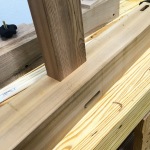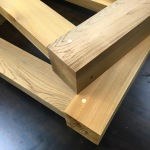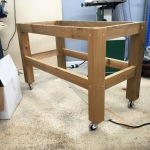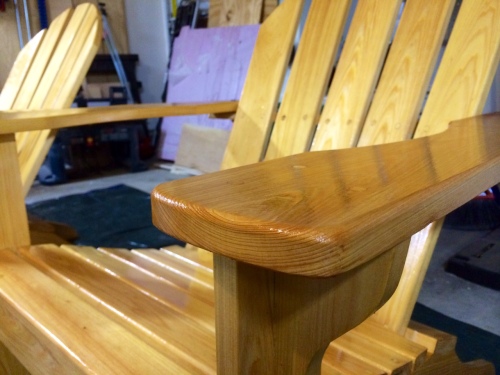The Big Green Egg Table: Part 2
If you haven’t already, check out The Big Green Egg Table: Part 1. Otherwise, continue reading for more of the cedar Big Green Egg Table build.
The Top
With the base complete, I moved on to the top and shelf. Consequently, I struggled with how best to attach them. While pocket holes would conceal the screws, drilling through the boards would increase strength. Ultimately, I decided to go through the boards. This allowed me to use a longer screw.
Next, I cut the circular hole for the Big Green Egg. First, I determined the center of the circle. Then, I marked the circumference using a shop-made jig, nailed to the center point. Finally, I cut out the hole using a jig saw with a fine blade. I cleaned up with cut with an orbital sander.
The End Result
This left me with finishing the table. I cleaned up the surfaces with the sander, and applied a couple of coats of clear Danish oil. Danish oil is super easy to apply, dries quickly, and is great for outdoor furniture.
I’m very happy with the result, and I think my customer is as well. I think the mortise and tenoned base really adds a lot to the look and strength of the table. I hope that this supplies him with many years of good use.
Stay tuned for more news and projects.
































